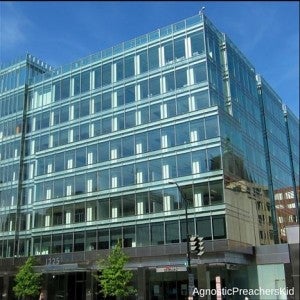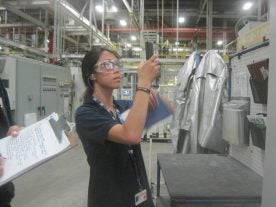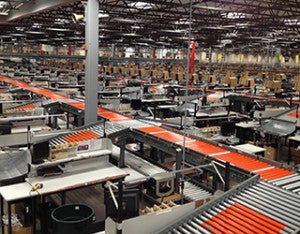 Buildings use nearly 40 percent of all energy in the U.S. and account for a third of our greenhouse gases. Today, a growing number of commercial real estate leaders are looking for opportunities to upgrade what they’ve already got – rather than starting from scratch – to save money and lessen their environmental impact. These commercial real estate leaders know there is a great deal of potential in starting small, and in focusing on what best serves their bottom line.
Buildings use nearly 40 percent of all energy in the U.S. and account for a third of our greenhouse gases. Today, a growing number of commercial real estate leaders are looking for opportunities to upgrade what they’ve already got – rather than starting from scratch – to save money and lessen their environmental impact. These commercial real estate leaders know there is a great deal of potential in starting small, and in focusing on what best serves their bottom line.
Organizations that need a more tailored approach to making their real estate energy-efficient have a myriad of opportunities that are now being pioneered by property owners across the country. Leading companies are applying outside-the-box energy management solutions to buildings constructed before the green-building boom.
Here are two examples of companies that enlisted Environmental Defense Fund’s Climate Corps program to accelerate clean energy projects in their facilities and meet their corporate energy goals: Read More




